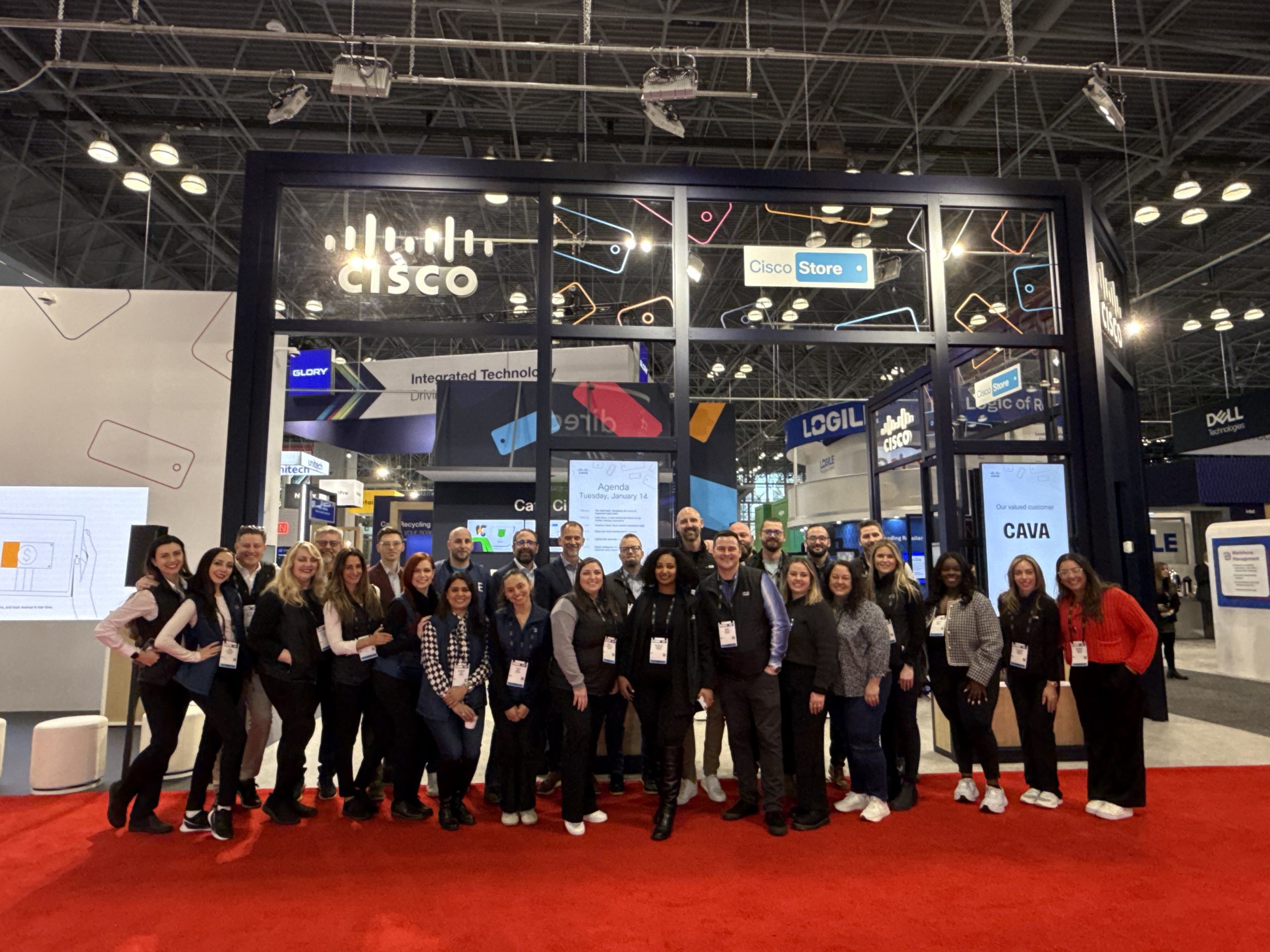Participating in NRF 2025 as a first timer was a learning experience. The National Retail Federation’s annual conference, known as Retail’s Big Show, is a key event that focuses on the future of retail. This year the event showcased the innovation, sustainability and business value we bring to the industry.
It was great to see so many working, mini, retail stalls showing innovative ways retail businesses can connect with their customers as well as run their own businesses. This intersection of technology and operations has shown how the retail industry is transforming.
The NRF was a whirlwind, with many companies exhibiting different retail experiences. At Cisco’s booth, we focused on three overarching themes: the integration of artificial intelligence, the power of data, and the continued importance of seamless customer experiences.
We’ve had over 50 dynamic theater sessions empowering retailers to tackle their toughest challenges. These sessions covered a wide range of critical topics, including cyber security, digital merchandising, personalized customer engagement, behavioral analytics and sophisticated queue management systems.
The first breakout session for me was focusing on artificial intelligence and data from Splunk and Meraki. Particularly impressive was the use of artificial intelligence as an example in the detection and prevention of organized retail crime, showing how technology can deliver on the promise of the customer while protecting the business. In addition, Meraki dashboards provided real-time information that is critical to decision making in today’s fast-paced retail environment.
But how does it work?
Splunk’s AI assistants are designed to assist users with the Splunk Query Language (SPL) and aid in threat investigation and incident management. AI solutions aim to improve security and observability by providing fast and comprehensive insights.
Splunk security products such as Enterprise Security, SOAR, User Behavior Analytics and Attack Analyzer are integrated to offer a unified threat detection, investigation and response workflow. These products use machine learning to detect advanced threats and provide security teams with contextual insight.
The integration of Cisco and Splunk aims to provide a comprehensive security and traceability solution while leveraging artificial intelligence to provide superior visibility and insights across an organization’s digital footprint. The combination is expected to improve the customer and employee experience by ensuring seamless and secure operations.
Now let’s talk about a refreshing experience: I’m not a coffee drinker myself, but most people are, which was certainly evident at the Cisco booth where we demonstrated a new way of mobile ordering. Using a new feature in Cisco Communications Platform as a Service (CPaaS), customers can now easily enter their personalized orders in a plain text format, a significant improvement over the previous format with multiple choices for each beverage option. This innovation enhances the customer journey, making it more intuitive, efficient and personal.
But how does it work?
Webex CPaaS solutions include features to automate and orchestrate customer interactions across multiple channels. The platform offers tools such as programmable communication APIs, visual flow builders, low-code features, and integrations with existing systems to improve the customer experience. Again, another Splunk integration was on display, showing trends of what customers were ordering, wait times, and which drink was the most popular (turns out the latte was the winner!).
Another key technology that was on full display at NRF (and now available from Cisco!) is Wi-Fi 7, where we highlighted the potential for faster and more reliable connectivity in retail spaces. This advancement is set to revolutionize the way retailers interact with their customers, providing a seamless and connected experience.
But what does this mean for customers in the retail space?
Wi-Fi 7 will improve the retail customer experience by increasing speed and reliability, reducing latency and improving client radio capabilities. These improvements can lead to more seamless access to product information, real-time promotions and personalized recommendations for customers using their mobile devices in-store. In addition, advanced Wi-Fi 7 capabilities can support sophisticated security systems for video surveillance and real-time threat detection, increasing business security and reducing financial losses. Overall, Wi-Fi 7 can contribute to a more efficient and secure retail environment, ultimately improving customer satisfaction and loyalty.
NRF 2025 was a testament to the transformative power of technology in retail. As a newcomer, it was an invaluable opportunity to learn, network and envision the future of the industry.
I would like to thank the executive team at the Javits Center for the tour of the facility after the show was over. Javits & Cisco continue to work together to ensure Javits’ ability to deliver world-class connectivity at all events throughout the year – and after the display of excellence I experienced at NRF, I know the future of our partnership is bright!
I look forward to learning the lessons I have learned in business in the US and beyond!
Share:
